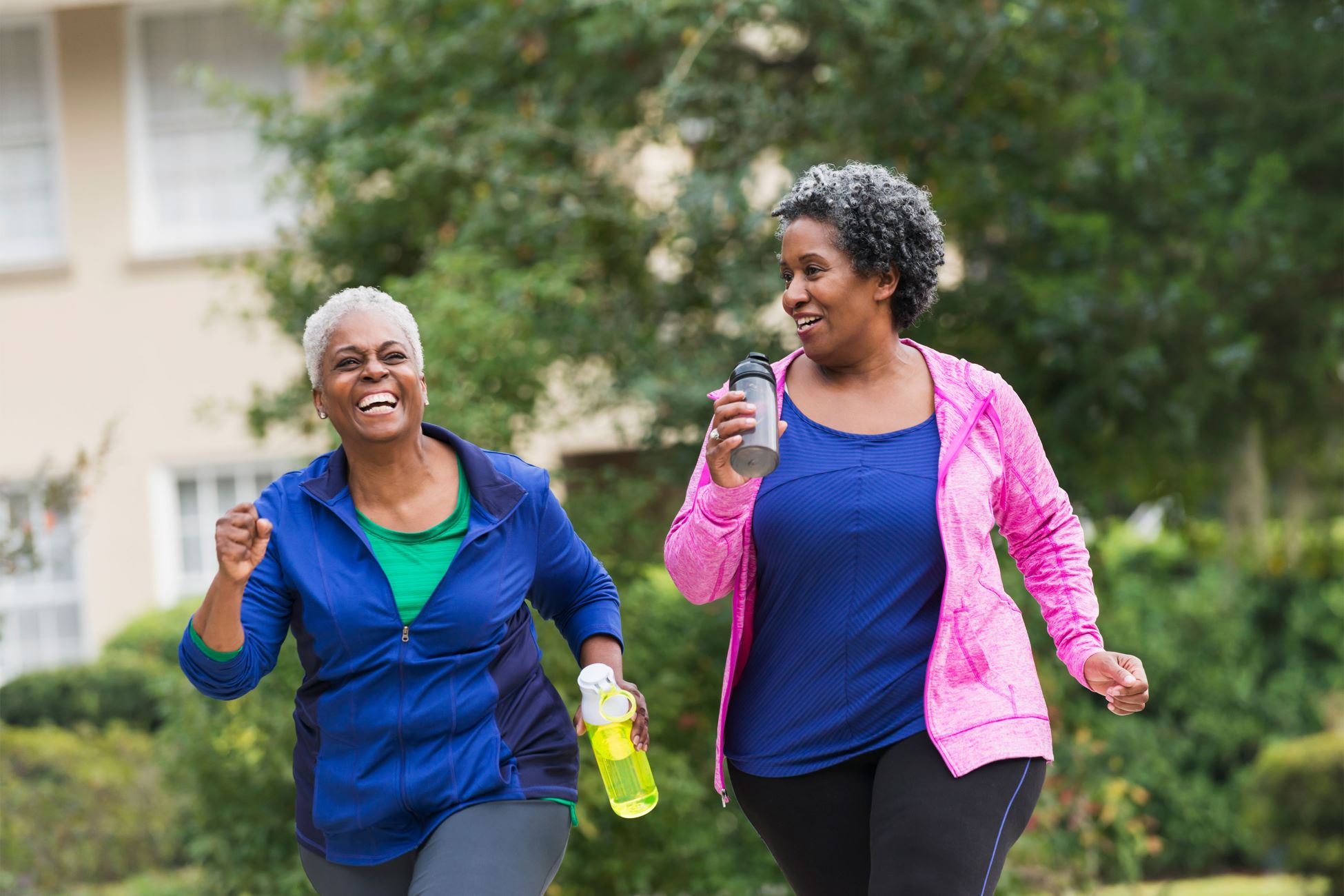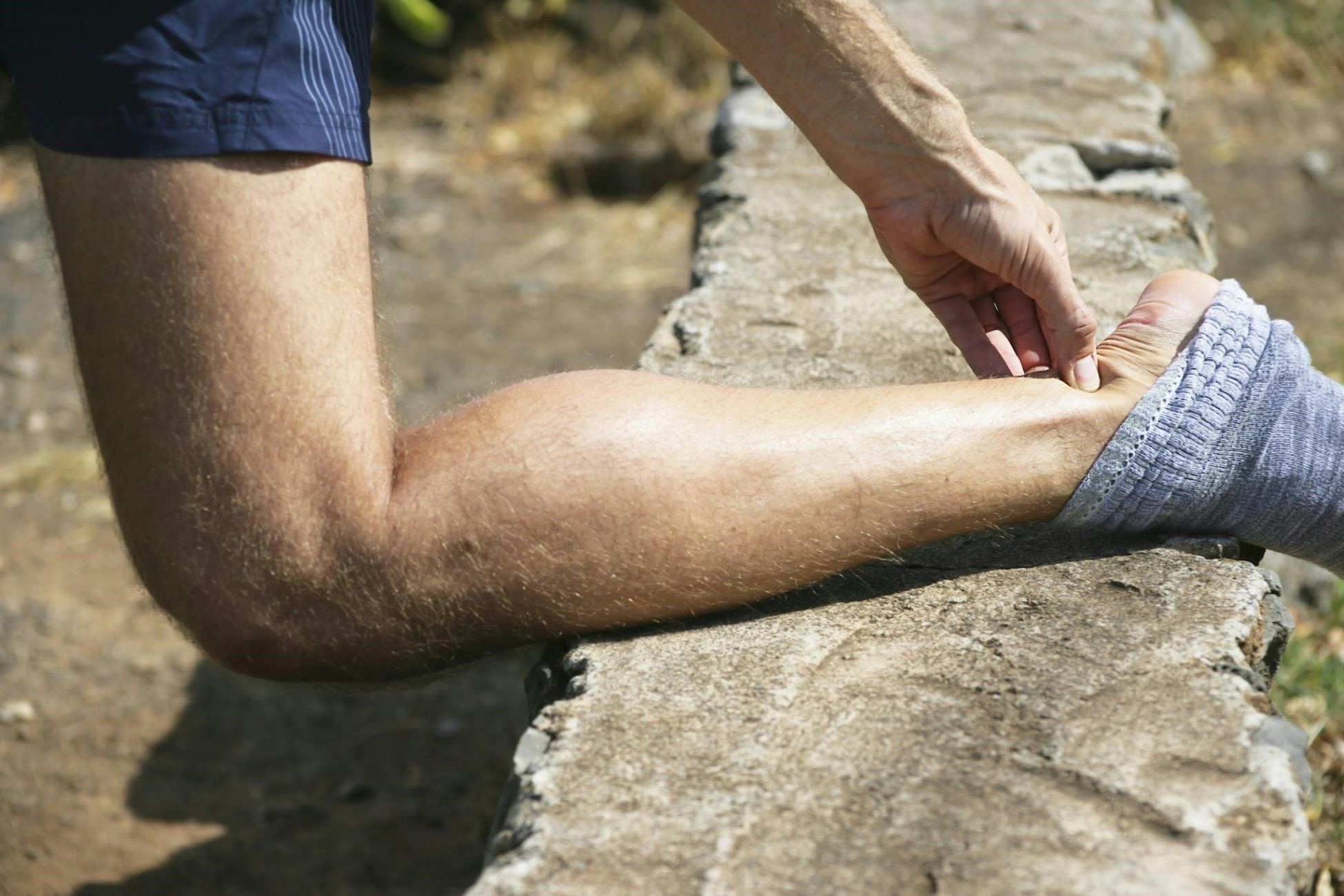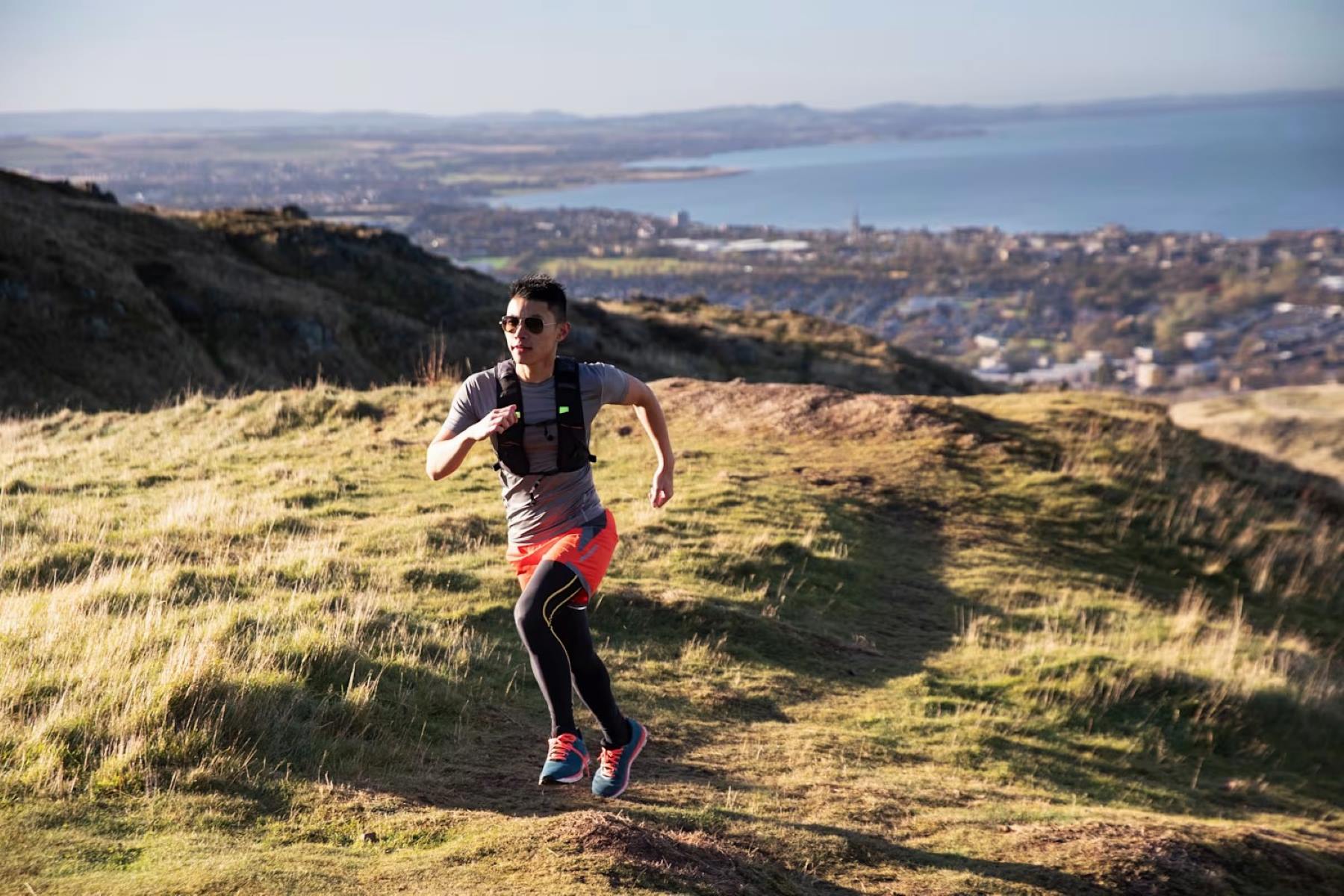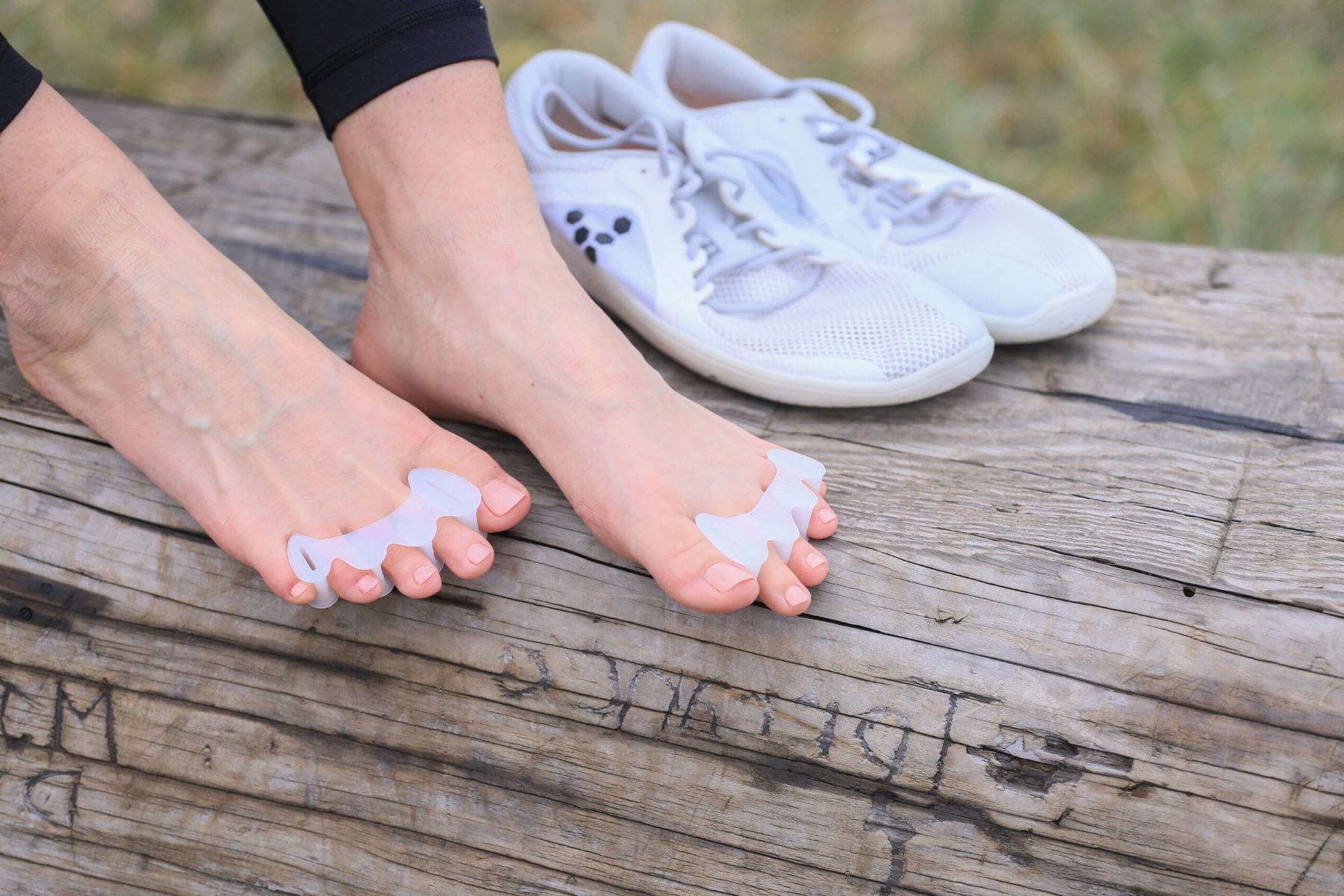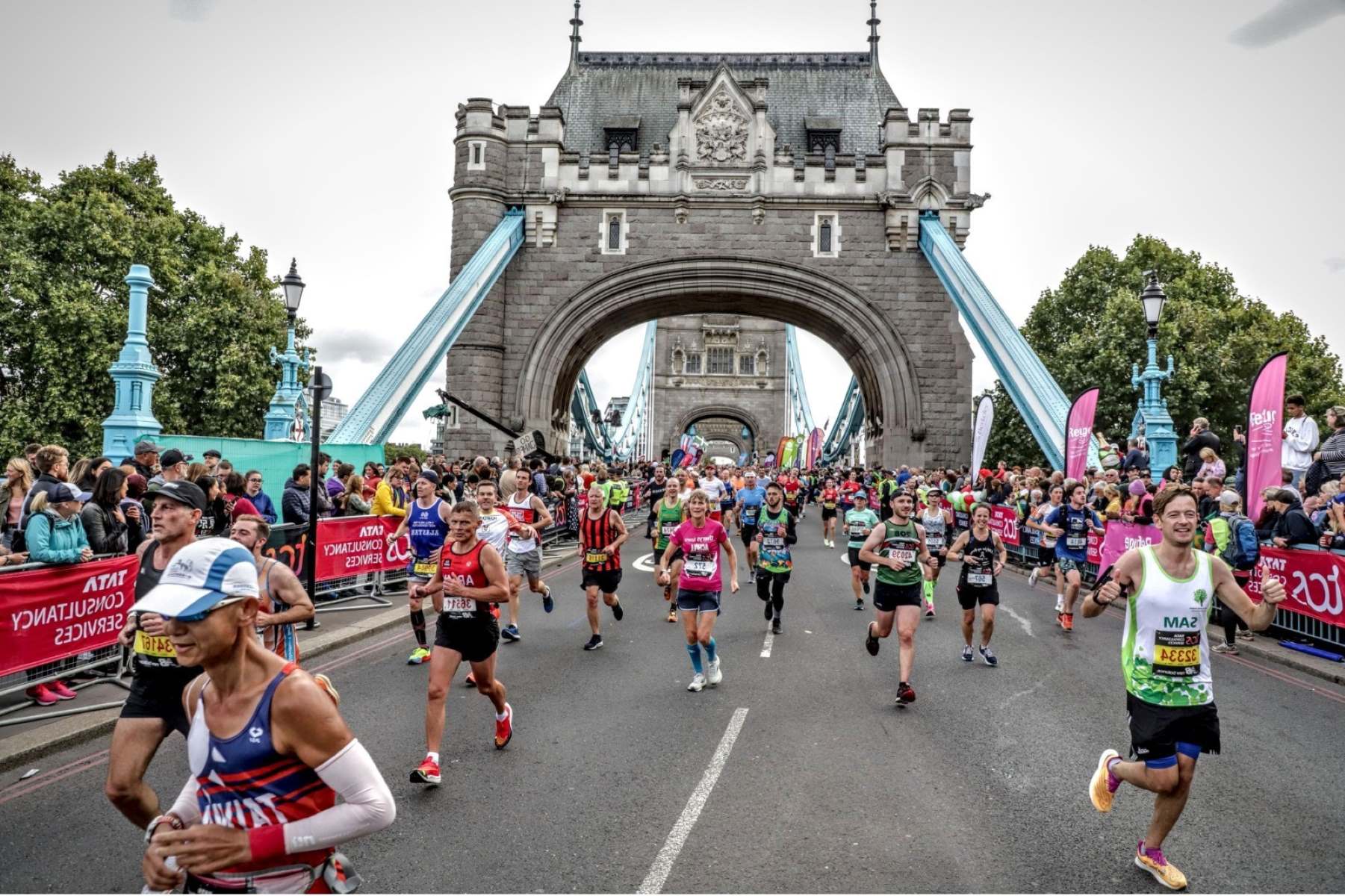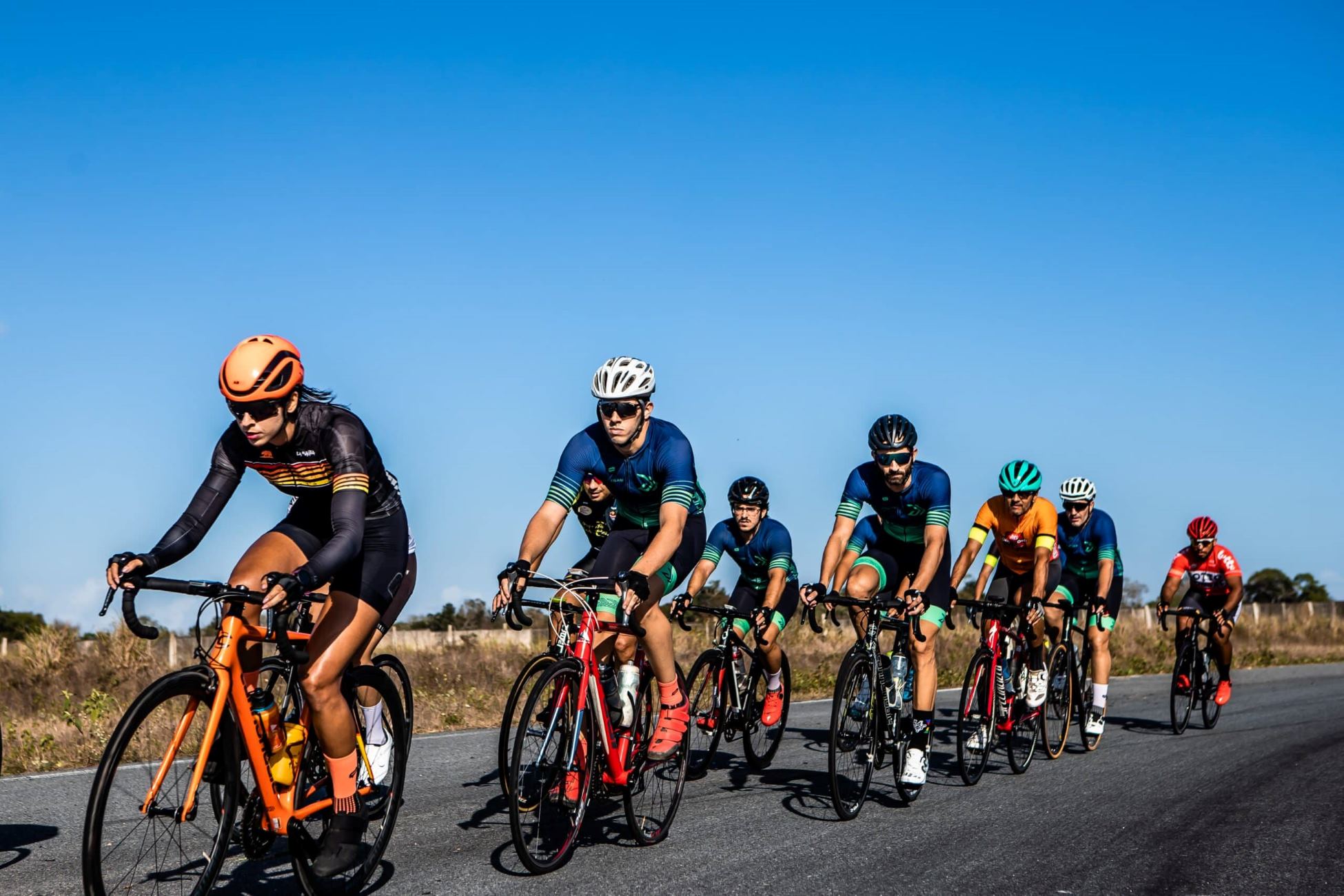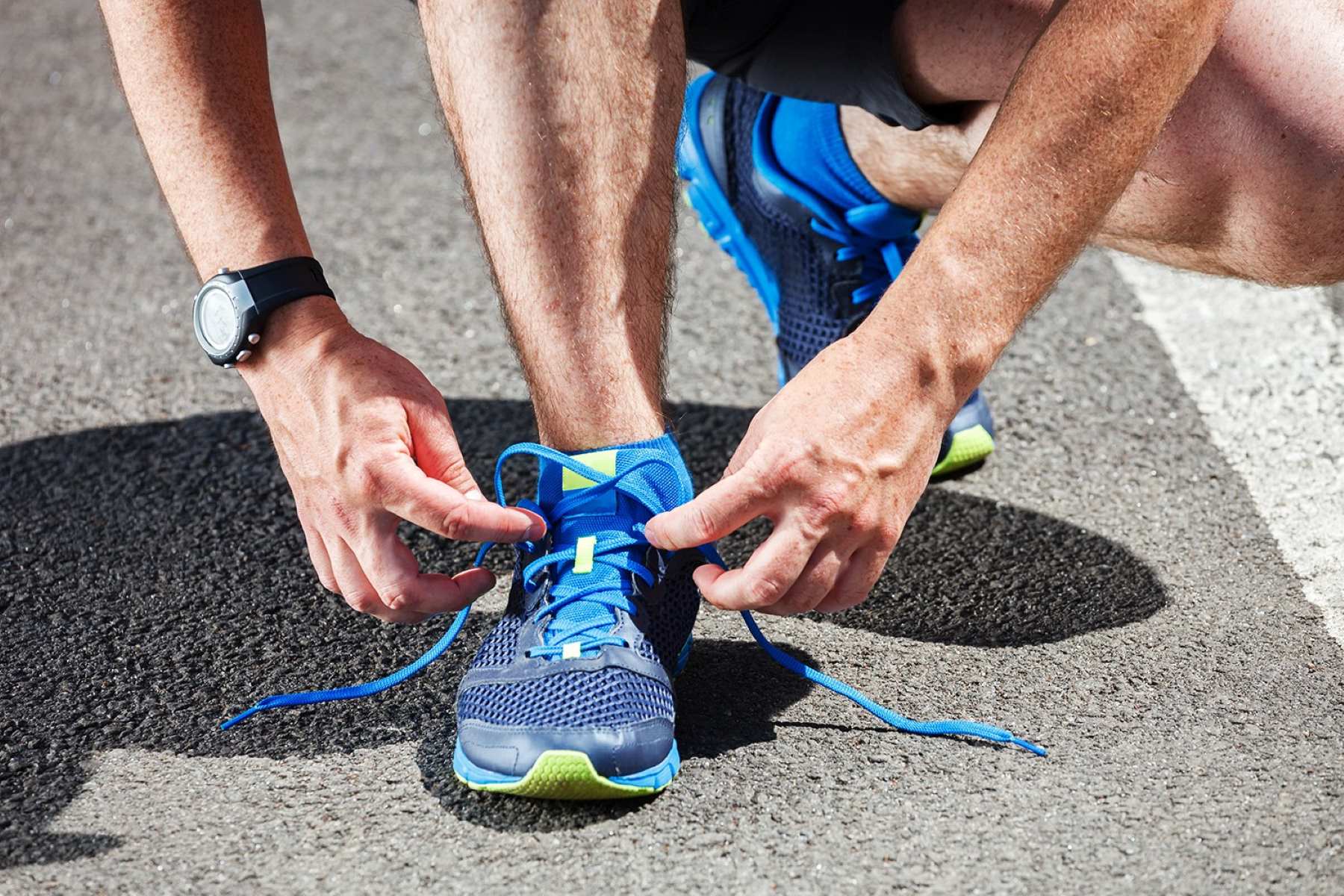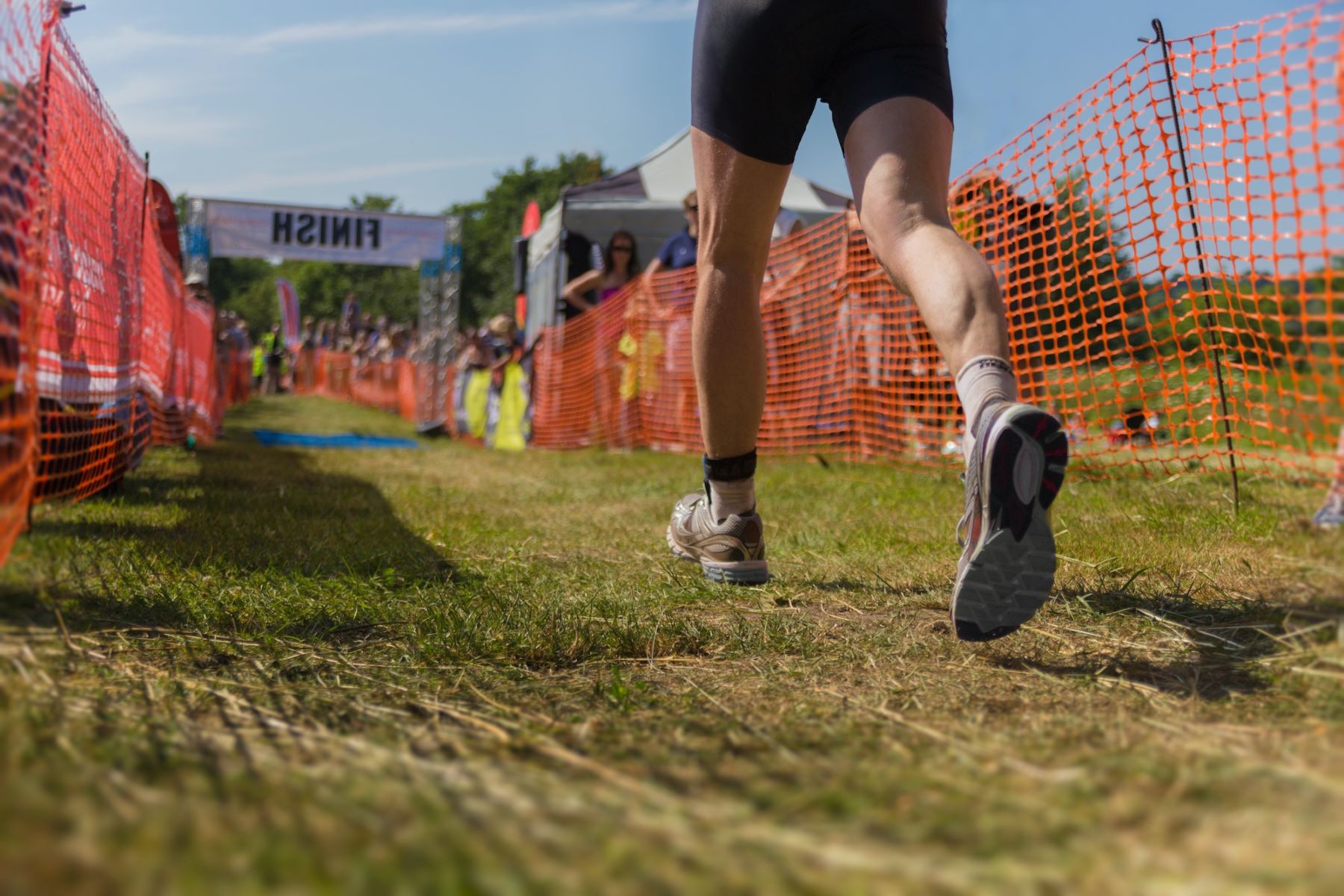Home>Health & Nutrition>Injury Prevention>Can I Continue Running With Lower-back Scoliosis?
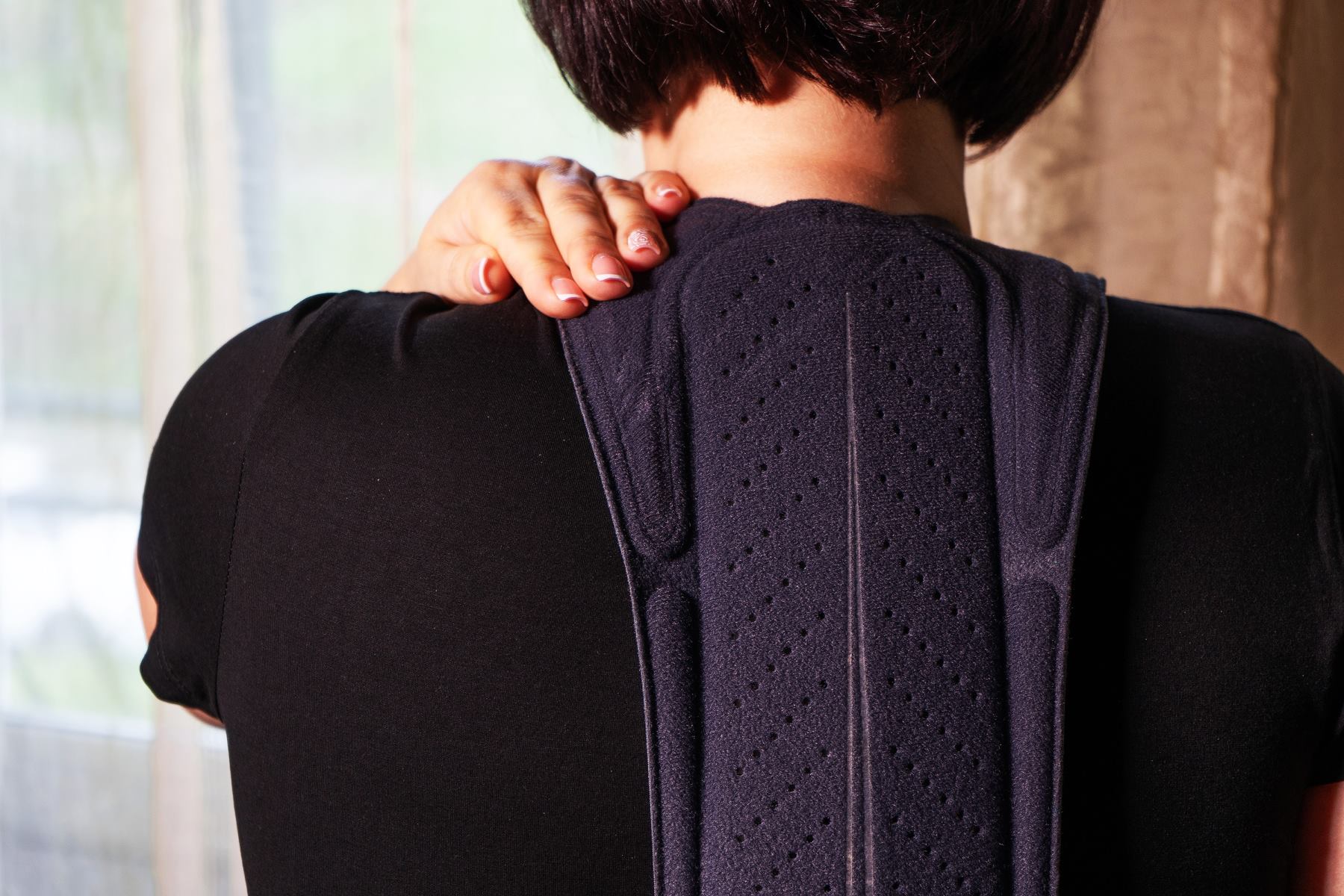

Injury Prevention
Can I Continue Running With Lower-back Scoliosis?
Published: February 22, 2024
Learn how to prevent injuries and manage lower-back scoliosis while continuing your running routine. Expert tips and advice for injury prevention.
(Many of the links in this article redirect to a specific reviewed product. Your purchase of these products through affiliate links helps to generate commission for Therunningadvisor.com, at no extra cost. Learn more)
Table of Contents
Understanding Lower-Back Scoliosis
Lower-back scoliosis is a condition characterized by an abnormal sideways curvature of the spine in the lumbar (lower back) region. While scoliosis can manifest in various parts of the spine, lower-back scoliosis specifically affects the lumbar vertebrae, leading to a curvature that may impact an individual's posture, mobility, and physical activities.
The curvature associated with lower-back scoliosis can vary in severity, ranging from mild to moderate to severe. In some cases, the curvature may be barely noticeable, while in others, it can significantly affect the alignment of the spine, causing discomfort and functional limitations.
It's important to note that lower-back scoliosis can result from a variety of factors, including congenital disabilities, neuromuscular conditions, or as a consequence of uneven growth during adolescence. Additionally, certain lifestyle habits, such as poor posture, improper lifting techniques, and inadequate core strength, can contribute to the development or exacerbation of lower-back scoliosis.
Individuals with lower-back scoliosis may experience a range of symptoms, including lower back pain, muscle imbalances, reduced flexibility, and uneven hips or shoulders. These symptoms can impact daily activities and may pose challenges for individuals who engage in physical pursuits, such as running.
Understanding the specific nature of lower-back scoliosis is crucial for individuals who are passionate about running or engaging in other physical activities. By gaining insights into the condition, individuals can make informed decisions about their fitness routines, seek appropriate medical guidance, and adopt strategies to manage and mitigate the impact of lower-back scoliosis on their running endeavors.
Impact of Lower-Back Scoliosis on Running
Running is a popular form of exercise and recreation for many individuals, offering a multitude of physical and mental health benefits. However, for those with lower-back scoliosis, the impact of this condition on running can be significant. The abnormal curvature of the spine associated with lower-back scoliosis can lead to various challenges and considerations for individuals who wish to continue or take up running.
One of the primary effects of lower-back scoliosis on running is the potential for increased discomfort and pain. The asymmetrical alignment of the spine can result in uneven pressure distribution on the vertebrae and surrounding muscles during the repetitive impact of running. This can lead to heightened discomfort in the lower back, hips, and legs, impacting an individual's ability to sustain their running routine comfortably.
Furthermore, lower-back scoliosis can contribute to muscle imbalances and reduced flexibility, which are crucial for maintaining proper running form and preventing injuries. The curvature of the spine may cause certain muscles to become overworked or underutilized, leading to imbalances that can affect running efficiency and increase the risk of strains or overuse injuries.
In addition to physical discomfort, lower-back scoliosis can also impact an individual's running performance. The altered spinal alignment may affect the body's biomechanics, potentially leading to decreased stride length, reduced propulsion, and compromised running efficiency. As a result, individuals with lower-back scoliosis may experience challenges in maintaining their desired pace and endurance levels while running.
Moreover, the psychological impact of lower-back scoliosis on running should not be overlooked. The discomfort and physical limitations associated with the condition can affect an individual's motivation and confidence in their running abilities. This can lead to feelings of frustration, discouragement, or apprehension about engaging in running activities, potentially impacting their overall well-being and enjoyment of the sport.
Despite these potential challenges, it's important to recognize that individuals with lower-back scoliosis can still engage in running with proper awareness, preparation, and support. By understanding the specific impact of the condition on running, individuals can explore strategies and modifications to mitigate discomfort, address muscle imbalances, and optimize their running experience while minimizing the potential risks associated with lower-back scoliosis.
In the following sections, we will delve into practical tips and considerations for individuals with lower-back scoliosis who aspire to continue running, empowering them to pursue their passion for running while prioritizing their spinal health and overall well-being.
Tips for Running with Lower-Back Scoliosis
Running with lower-back scoliosis requires a thoughtful approach that prioritizes spinal health and overall well-being. While the condition may present challenges, individuals can adopt various strategies and modifications to enhance their running experience and minimize discomfort. Here are practical tips tailored for individuals with lower-back scoliosis who aspire to continue running:
-
Consult with a Healthcare Professional: Before embarking on a running regimen, it is essential to seek guidance from a healthcare professional, such as a physiotherapist or sports medicine specialist, who has expertise in managing spinal conditions. A thorough assessment can provide valuable insights into the specific impact of lower-back scoliosis on running and help tailor a personalized approach to mitigate potential risks.
-
Focus on Core Strengthening: Engaging in targeted core strengthening exercises can play a pivotal role in supporting the spine and promoting better posture during running. Strengthening the abdominal, oblique, and lower back muscles can help stabilize the spine, reduce the impact of the curvature, and enhance overall running mechanics.
-
Optimize Running Form: Paying attention to running form and posture is crucial for individuals with lower-back scoliosis. Maintaining an upright posture, engaging the core muscles, and ensuring symmetrical arm and leg movements can help distribute the impact forces more evenly, reducing strain on the spine and surrounding muscles.
-
Gradual Progression and Monitoring: When initiating or resuming a running routine, it is advisable to start with a gradual progression in terms of distance, intensity, and terrain. Monitoring any signs of increased discomfort or muscle imbalances during and after running sessions can guide adjustments to the training regimen to minimize potential aggravation of lower-back scoliosis symptoms.
-
Incorporate Cross-Training and Flexibility Work: Integrating cross-training activities, such as swimming, cycling, or yoga, can provide valuable opportunities to enhance cardiovascular fitness, improve muscular balance, and promote flexibility. These complementary activities can offer a well-rounded approach to fitness while reducing the repetitive impact on the spine associated with running.
-
Invest in Supportive Footwear: Choosing appropriate footwear with adequate cushioning and arch support is essential for individuals with lower-back scoliosis. Properly fitted running shoes can help absorb shock, provide stability, and minimize excessive pronation or supination, thereby reducing the impact on the spine and lower extremities.
-
Listen to Your Body: Maintaining open communication with the body is crucial when running with lower-back scoliosis. Being attuned to any changes in discomfort, muscle tension, or fatigue can guide adjustments in running technique, training intensity, or rest periods, allowing for a balanced and sustainable approach to running.
By integrating these tips into their running routine, individuals with lower-back scoliosis can navigate the challenges associated with the condition while pursuing their passion for running. It is important to approach running with mindfulness, adaptability, and a commitment to prioritizing spinal health, thereby fostering a positive and sustainable running experience.
Seeking Professional Advice and Treatment Options
Seeking professional guidance and exploring treatment options is paramount for individuals with lower-back scoliosis who are considering running or engaging in physical activities. Consulting with healthcare professionals specializing in spinal health can provide valuable insights, personalized recommendations, and access to targeted interventions to support spinal alignment and mitigate potential challenges associated with lower-back scoliosis.
Upon recognizing the impact of lower-back scoliosis on running, individuals should prioritize scheduling a comprehensive assessment with a healthcare provider experienced in managing spinal conditions. This may involve consulting with orthopedic specialists, physiotherapists, or sports medicine physicians who possess the expertise to evaluate the specific implications of the condition on running mechanics, muscular imbalances, and potential risk factors for injury.
During the assessment, healthcare professionals can conduct a thorough physical examination, including postural assessments, range of motion tests, and muscle strength evaluations to identify areas of concern related to lower-back scoliosis. Additionally, advanced imaging studies, such as X-rays or MRI scans, may be utilized to visualize the spinal curvature and assess its impact on surrounding structures, providing a comprehensive understanding of the condition's influence on running.
Based on the assessment findings, healthcare professionals can collaborate with individuals to develop personalized treatment plans tailored to their unique needs and running goals. These plans may encompass a multidisciplinary approach, integrating interventions such as targeted physical therapy, corrective exercise programs, and manual therapies aimed at improving spinal alignment, enhancing muscular balance, and addressing any functional limitations that may affect running performance.
Furthermore, individuals may benefit from exploring non-invasive interventions, such as bracing or orthotic support, designed to provide external stabilization and promote optimal spinal alignment during running activities. Customized orthotic devices or supportive braces can help mitigate the impact of lower-back scoliosis on running mechanics, reduce discomfort, and enhance overall stability, empowering individuals to engage in running with greater confidence and reduced risk of exacerbating their condition.
In some cases, healthcare professionals may also discuss the potential role of complementary modalities, such as acupuncture, chiropractic care, or pain management strategies, to address associated symptoms and optimize overall well-being while pursuing running activities. These integrative approaches can offer additional avenues for managing discomfort, promoting relaxation, and supporting the body's resilience in the context of lower-back scoliosis.
Ultimately, by proactively seeking professional advice and exploring tailored treatment options, individuals with lower-back scoliosis can gain the knowledge, support, and resources necessary to navigate the complexities of running while prioritizing their spinal health. Embracing a collaborative partnership with healthcare professionals empowers individuals to make informed decisions, optimize their running experience, and cultivate a sustainable approach to physical fitness that aligns with their unique needs and aspirations.


